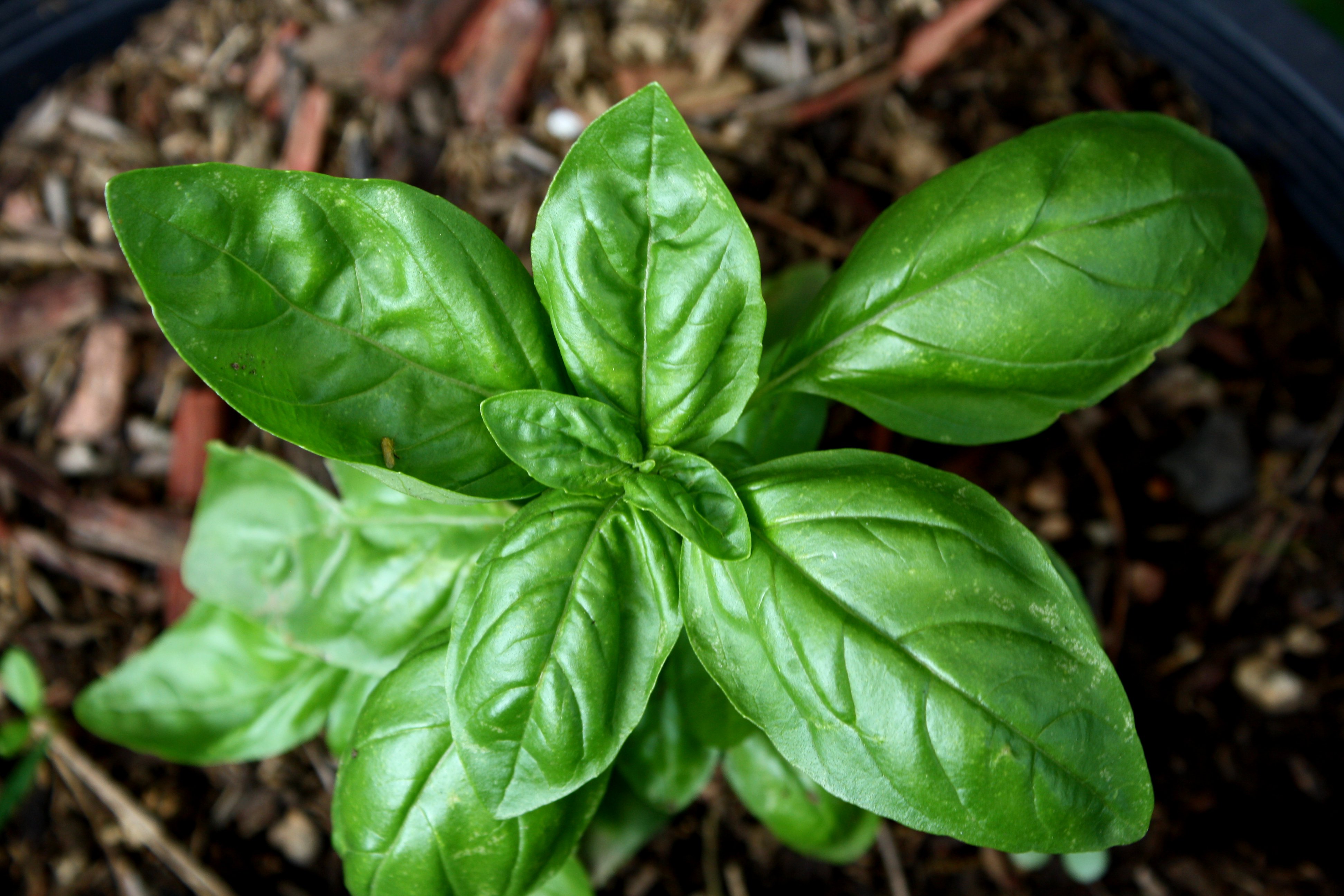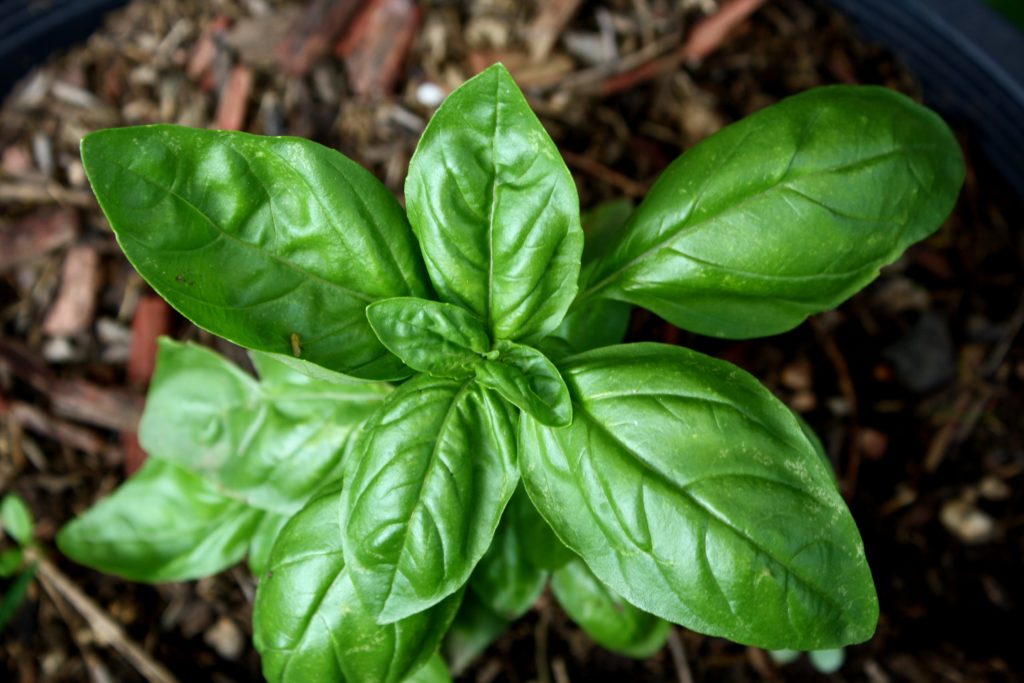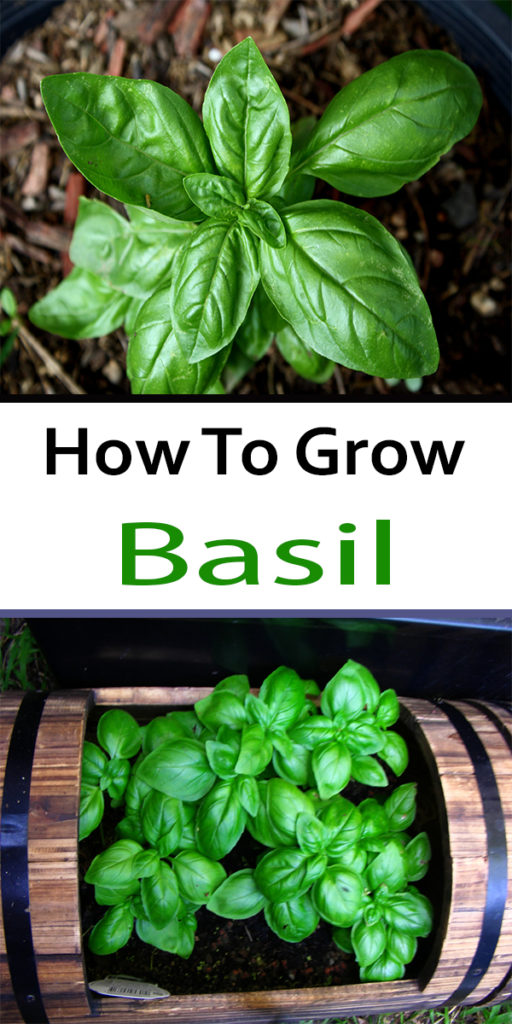How To Grow Basil
Growing Basil is relatively easy as long as the growing environments has suitable light and temperature levels.
Basil is grown for its fragrant tasty leaves that can be added raw to salads, sandwiches or used in cooked dishessuch as the ever popular pasta with tomato and basil sauce.
Preparation
If growing Basil in pots then ensure that adequate drainage is allowed from the base of the pot (line with coarse gravel if necessary).
If growing outside then ensure the soil is well dug over and weed free before sowing.
Before sowing ensure that the compost or soil is moist (water generously the day before sowing).
Sowing
It is vital that Basil is not exposed to the last spring frosts so if sowing outside be patient and sow in late March. Sow at any time if the plant is always to be kept indoors. If sowing inside and planting outside late then you can sow in late February.
Sow the seed thinly and if growing in pots sow enough for a few plants in each pot. Cover the seeds with 1/2 cm of compost and firm gently.
Basil seeds should germinate in about a week and once the seedlings have developed 2 pairs of true leaves then you can thin out the weakest seedlings in each pot, leaving each pots strongest.
Position
Basil should be grown in a position that receives a good amount of sunlight – around 6-8 hours a day. Basil can be grown indoors on a sunny windowsill or outdoors in containers or soil. If growing outside try and position the Basil in a sheltered spot that avoids cold winds.
Soil type
Basil likes a fertile soil that has been welll dug to allow good soil air circulation. Introducing well rotted organic compost or manure into the soil a month or so before sowing will help this.
If growing in pots then a general purpose compost is a suitable soil solution.
Tending
If growing indoors in pots using compost then weeds shouldn’t be a problem. If growing outdoors then you can add an organic mulch around the Basil plants to help aid soil moisture retention and prevent weed establishment.
If growing Basil in containers or indoor pots then add a small amount of fertiliser every month or so.
Water every week (more often if growing in outdoor containers or indoors).
When watering your Basil make sure to water at the base of the plant avoiding showering the leaves and stems.
Be sure to pinch out any flowers that appear. This will help preserve the plants flavour and also channel the plants energies into more leaf growth.
Harvesting
Basil is a pick and come again crop. It is best to pick a few leaves off a number of plants than picking all the leaves off one plant. Harvest the top most leaves first. Basil will grow all year round indoors but outdoor plants should be dug up and brought indoors before the first fall frosts if you want to extend the plants growing season into the winter.
Once harvested Basil can be frozen for later use.
Basil can be used in fresh or dried form. To dry Basil cut the stems at soil level and dry them in a dehydrator or hang bunches of stems up to air dry in a warm room, this should take about a week. Once the leaves are dried you can remove them from the stems and then store them in a dry airtight container for up to 12 months.
Varieties
The most popular variety of Basil is Sweet Basil and this is the variety most often used in cooking. Other varieties include Purple Basil (purple leaves) and Lemon Basil (a mild lemon flavour). There is also Greek Basil which has much smaller leaves as shown below.



